Troy-Bilt 24 in. 208 cc Two-Stage Gas Snow Blower with Electric Start Self Propelled
208cc Troy-Bilt electric start engine with 24 in. clearing width. Remote crank chute control provides 180° chute control rotation. Self-propelled drive, allows for control and versatility.
When the forecast calls for up to a foot of snow, The Troy-Bilt STORM 2410 2-Stage Electric Start Snow Blower with 13 in. x 4 in. X-Trac tires and 24 in. clearing path will cut into large drifts with its 21 in. intake height and serrated steel augers. Self-propelled all-wheel drive with choice of 6 forward and 2 reverse speeds, giving you control and versatility in winter conditions. Plus, the remote chute control allows you to adjust the chute direction from the operator area. Powered by a reliable 208cc Troy-Bilt OHV 4-cycle engine with pushbutton electric start. Top Rated by a Leading Publication.
- 24 in. clearing width with 12 in. serrated steel augers helps break up ice and snow for easier removal
- Troy-Bilt certified 208 cc OHV engine
- Push-button electric start eliminates pull-starting a cold engine
- Crank chute control with 180° rotation allows you to adjust the direction of snow discharge, so its thrown where you want it
- Self-propelled drive with choice of 6 forward and 2 reverse speeds
- 13 in. x 4 in. X-trac tires offer traction and easier steering over snowy areas
- High impact, adjustable polymer skid shoes help protect surfaces from scuffing
- Reinforced steel housing provides durability and ruggedness for years of use
- 2-year limited warranty
- Snow cab offers additional safety against harsh weather and the snow thrower cover protects your equipment when not in use (each sold separately)
Additional information
| Assembled Depth x Height x Width (in.) | 49 x 33 x 25 |
|---|---|
| Auger Diameter (in.) | 12 |
| Clearing Width (In.) | 24 |
| Ideal Snow Depth (In.) | 12 |
| Impeller Diameter (in.) | 12 |
| Intake Height (in.) | 21 |
| Tire Height (in.) | 13 |
| Tire Width (in.) | 4 |
| Certifications and Listings | No Certifications or Listings |
| Manufacturer Warranty | 2-Year Limited Warranty |
Year 208 (CCVIII) was a leap year starting on Friday (link will display the full calendar) of the Julian calendar. At the time, it was known as the Year of the Consulship of Aurelius and Geta (or, less frequently, year 961 Ab urbe condita). The denomination 208 for this year has been used since the early medieval period, when the Anno Domini calendar era became the prevalent method in Europe for naming years.
24 may refer to:
- 24 (number), the natural number following 23 and preceding 25
- one of the years 24 BC, AD 24, 1924, 2024
Gas is one of the four fundamental states of matter. The others are solid, liquid, and plasma. A pure gas may be made up of individual atoms (e.g. a noble gas like neon), elemental molecules made from one type of atom (e.g. oxygen), or compound molecules made from a variety of atoms (e.g. carbon dioxide). A gas mixture, such as air, contains a variety of pure gases. What distinguishes gases from liquids and solids is the vast separation of the individual gas particles. This separation usually makes a colorless gas invisible to the human observer.
The gaseous state of matter occurs between the liquid and plasma states, the latter of which provides the upper-temperature boundary for gases. Bounding the lower end of the temperature scale lie degenerative quantum gases which are gaining increasing attention. High-density atomic gases super-cooled to very low temperatures are classified by their statistical behavior as either Bose gases or Fermi gases. For a comprehensive listing of these exotic states of matter, see list of states of matter.
In philosophy, the self is an individual's own being, knowledge, and values, and the relationship between these attributes.
The first-person perspective distinguishes selfhood from personal identity. Whereas "identity" is (literally) sameness and may involve categorization and labeling, selfhood implies a first-person perspective and suggests potential uniqueness. Conversely, "person" is used as a third-person reference. Personal identity can be impaired in late-stage Alzheimer's disease and in other neurodegenerative diseases. Finally, the self is distinguishable from "others". Including the distinction between sameness and otherness, the self versus other is a research topic in contemporary philosophy and contemporary phenomenology (see also psychological phenomenology), psychology, psychiatry, neurology, and neuroscience.
Although subjective experience is central to selfhood, the privacy of this experience is only one of many problems in the philosophy of self and scientific study of consciousness.
Snow comprises individual ice crystals that grow while suspended in the atmosphere—usually within clouds—and then fall, accumulating on the ground where they undergo further changes. It consists of frozen crystalline water throughout its life cycle, starting when, under suitable conditions, the ice crystals form in the atmosphere, increase to millimeter size, precipitate and accumulate on surfaces, then metamorphose in place, and ultimately melt, slide or sublimate away.
Snowstorms organize and develop by feeding on sources of atmospheric moisture and cold air. Snowflakes nucleate around particles in the atmosphere by attracting supercooled water droplets, which freeze in hexagonal-shaped crystals. Snowflakes take on a variety of shapes, basic among these are platelets, needles, columns and rime. As snow accumulates into a snowpack, it may blow into drifts. Over time, accumulated snow metamorphoses, by sintering, sublimation and freeze-thaw. Where the climate is cold enough for year-to-year accumulation, a glacier may form. Otherwise, snow typically melts seasonally, causing runoff into streams and rivers and recharging groundwater.
Major snow-prone areas include the polar regions, the northernmost half of the Northern Hemisphere and mountainous regions worldwide with sufficient moisture and cold temperatures. In the Southern Hemisphere, snow is confined primarily to mountainous areas, apart from Antarctica.
Snow affects such human activities as transportation: creating the need for keeping roadways, wings, and windows clear; agriculture: providing water to crops and safeguarding livestock; sports such as skiing, snowboarding, and snowmachine travel; and warfare. Snow affects ecosystems, as well, by providing an insulating layer during winter under which plants and animals are able to survive the cold.
Start can refer to multiple topics:
- Takeoff, the phase of flight where an aircraft transitions from moving along the ground to flying through the air
- Starting lineup in sports
- Standing start, and rolling start, in an auto race
Troy (Turkish: Troya, Greek: Τροία, Hittite: 𒋫𒊒𒄿𒊭 Truwiša/Taruiša) or Ilion (Greek: Ίλιον, Hittite: 𒌷𒃾𒇻𒊭 Wiluša) was an ancient country located in present-day Hisarlık, Turkey. The place was first settled around 3600 BC and grew into a small fortified city around 3000 BC. During its four thousand years of existence, Troy was repeatedly destroyed and rebuilt. As a result, the archeological site that has been left is divided into nine layers, each corresponding to a city built on the ruins of the previous. Archaeologists refer to these layers using Roman numerals. Among the early layers, Troy II is notable for its wealth and imposing architecture. During the Late Bronze Age, Troy was called Wilusa and was a vassal of the Hittite Empire. The final layers (Troy VIII-IX) were Greek and Roman cities which in their days served as tourist attractions and religious centers because of their link to mythic tradition.
The archaeological site is open to the public as a tourist destination, and was added to the UNESCO World Heritage list in 1998. The site was excavated by Heinrich Schliemann and Frank Calvert starting in 1871. Under the ruins of the classical city, they found the remains of numerous earlier settlements. Several of these layers resemble literary depictions of Troy, leading some scholars to conclude that there is a kernel of truth underlying the legends. Subsequent excavations by others have added to the modern understanding of the site, though the exact relationship between myth and reality remains unclear and there is no definitive evidence for a Greek attack on the city.(ppxiv, 180–182)
With or WITH may refer to:
- With, a preposition in English
- Carl Johannes With (1877–1923), Danish doctor and arachnologist
- With (character), a character in D. N. Angel
- With (novel), a novel by Donald Harrington
- With (album), a 2014 album by TVXQ
- With (EP), a 2021 EP by Nam Woo-hyun

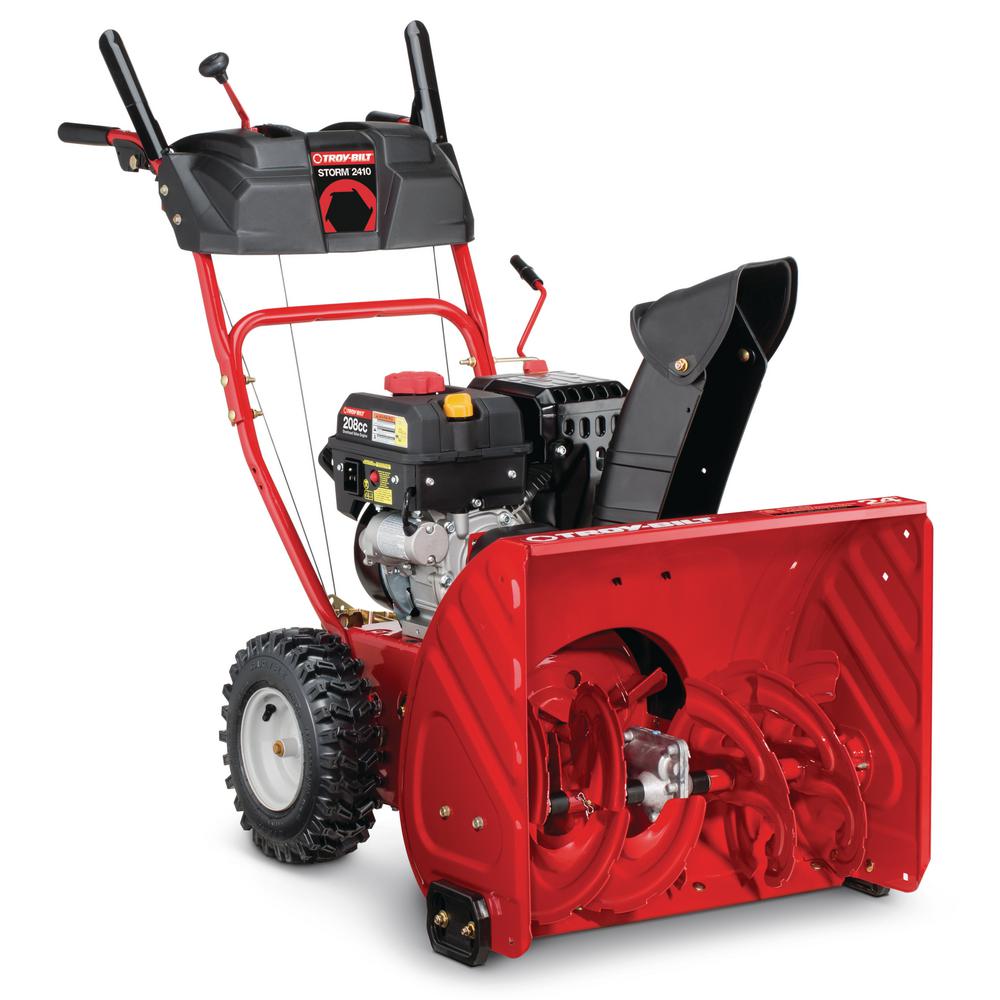
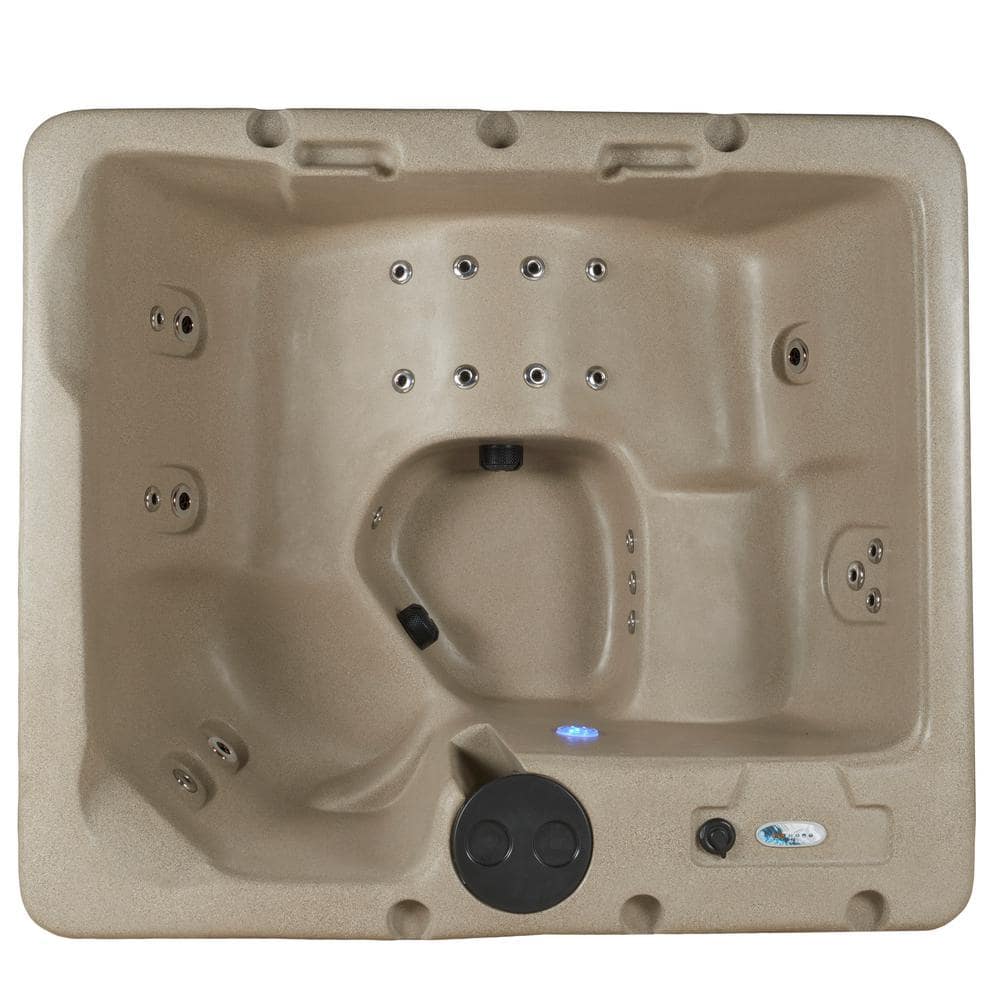
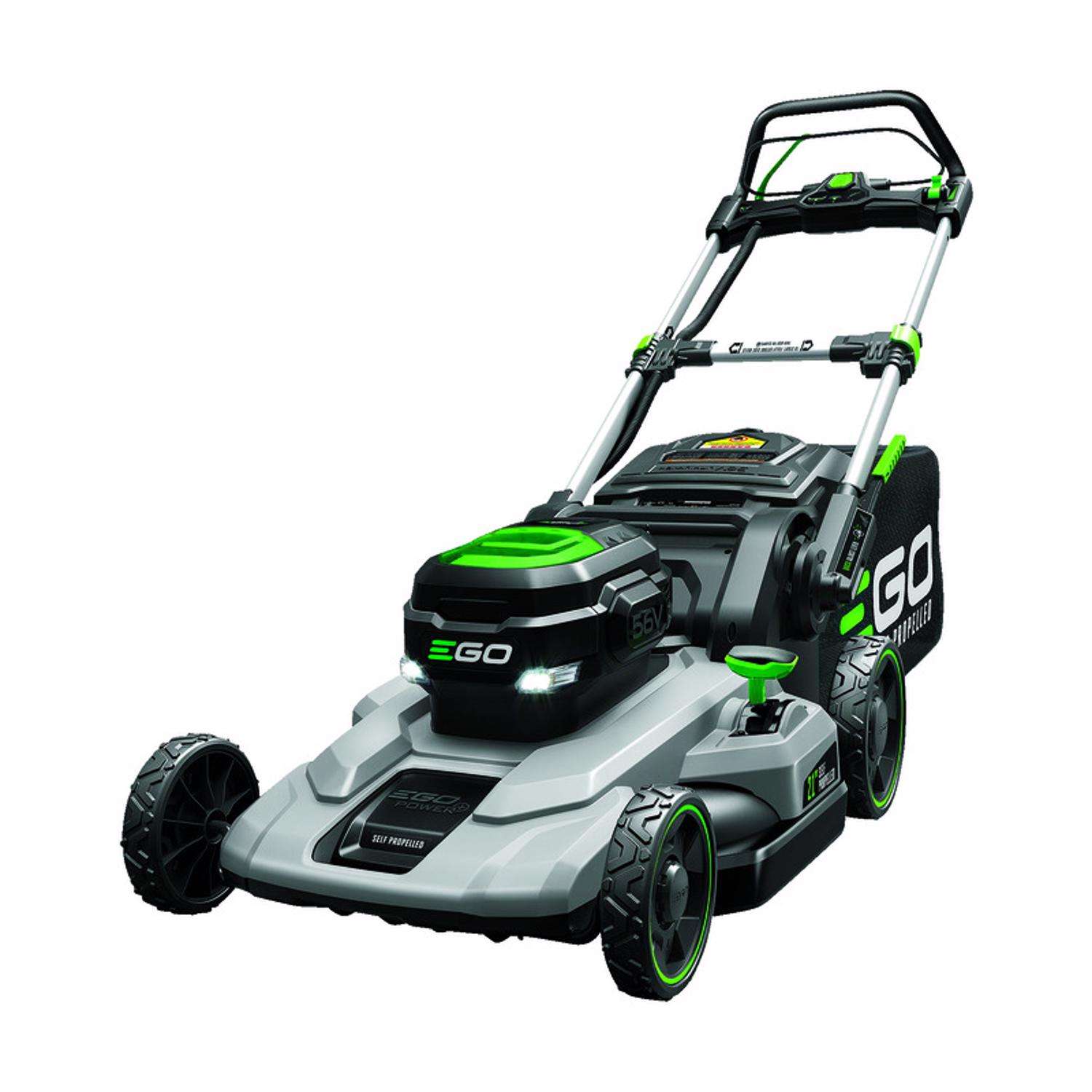
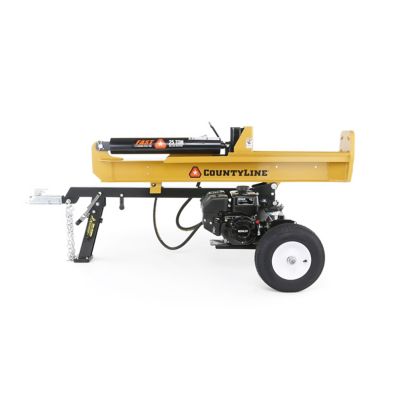
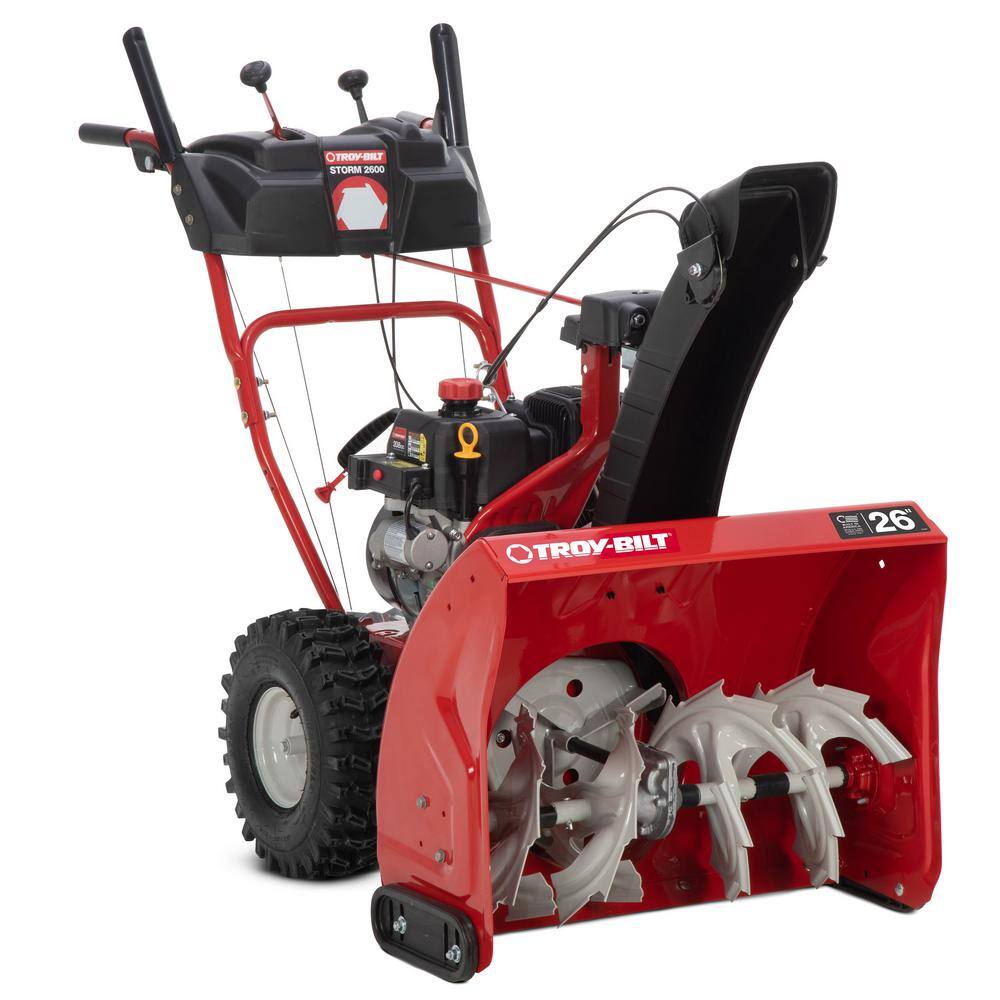
by Eddie
Fast delivery. Easy assembly ( But a handle bar bolt and nut were missing). A splash of gas and fired right up. Like the hand choke function. Good buy.
by Brooks
Best snow blower I have ever owned. Waiting for snow to try it out.
by Jimmy
Some years we don’t use it at all, and some years we use it 5-6 times in heavy snow. Even with 12 inches of wet snows, it throws the snow a good distance and height, which is important with the frequent snow storms this year. Starts up with one pull every year (my teenager insists that the electric start is only for old men like me). Other than a bit of rust on the blades from the road salt, the machine looks and runs like new.
by Chris
Moved back to Southern Indiana a few years, haven’t had to move the snow like I thought I would have. 2/2021: Put the blower to the test, and it worked like a champ. Moved 7″ of snow without an issue. The only thing I don’t care for is the plastic discharge chute, just wish it was metal. When you hit ice, it takes a beating, surprised it hasn’t broken, but has worked so far.
by John
Great delivery, minimal setup and works great! Used 2x so far significant snowfall, and worked really well. Engine starts right up using electric start, and pretty powerful. No regrets.
by Stinks
Works great! First use was on heavy, wet snow and it cut through it great.